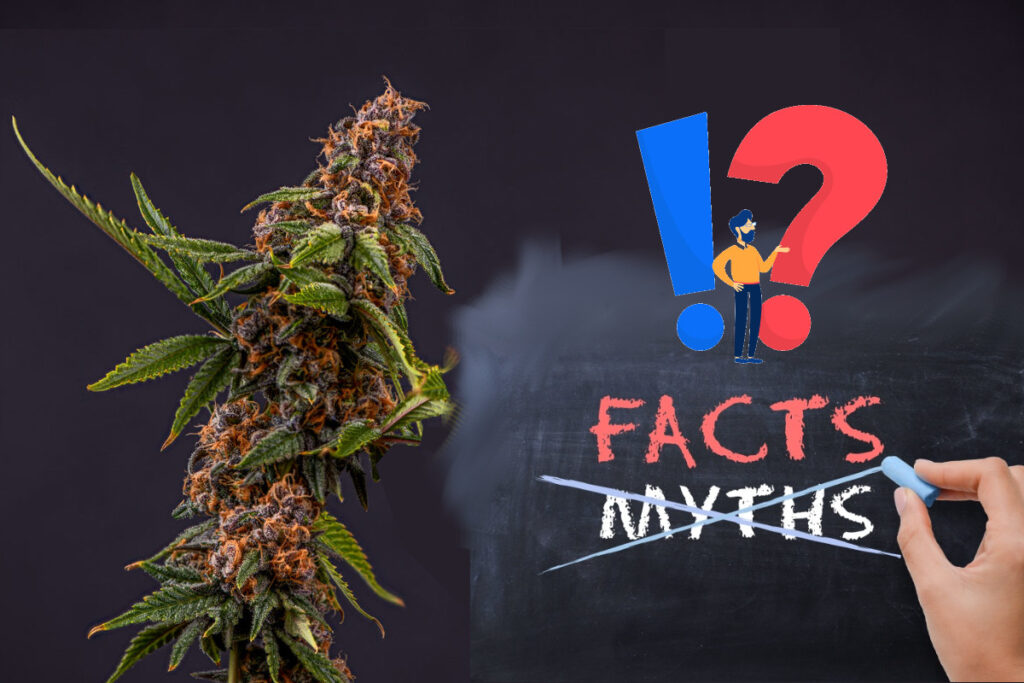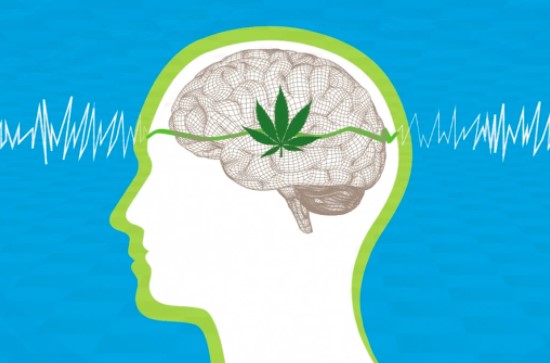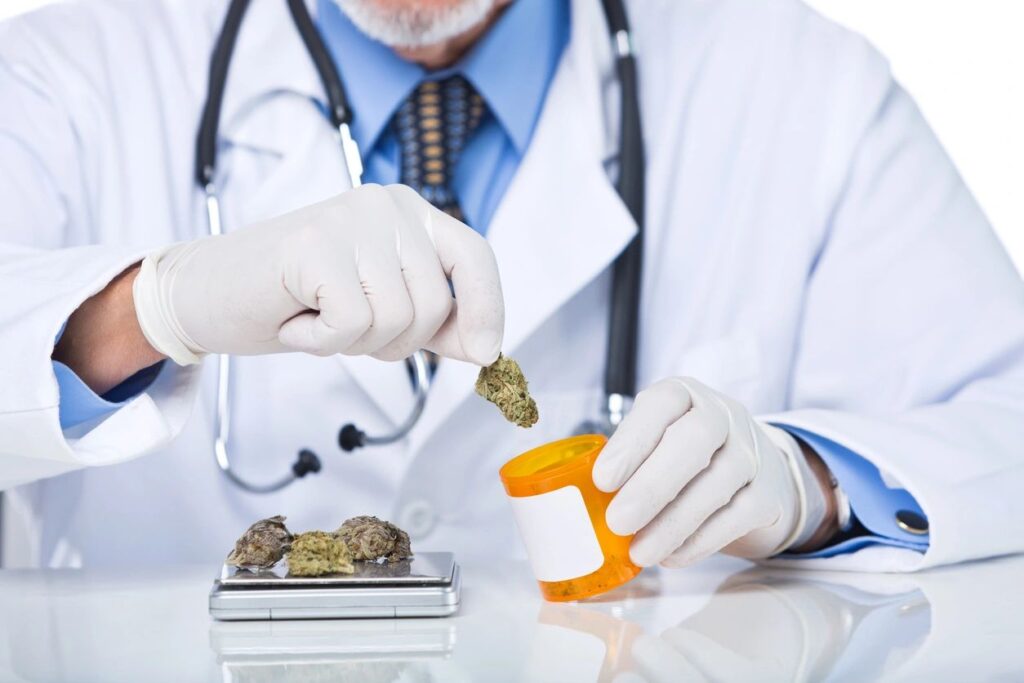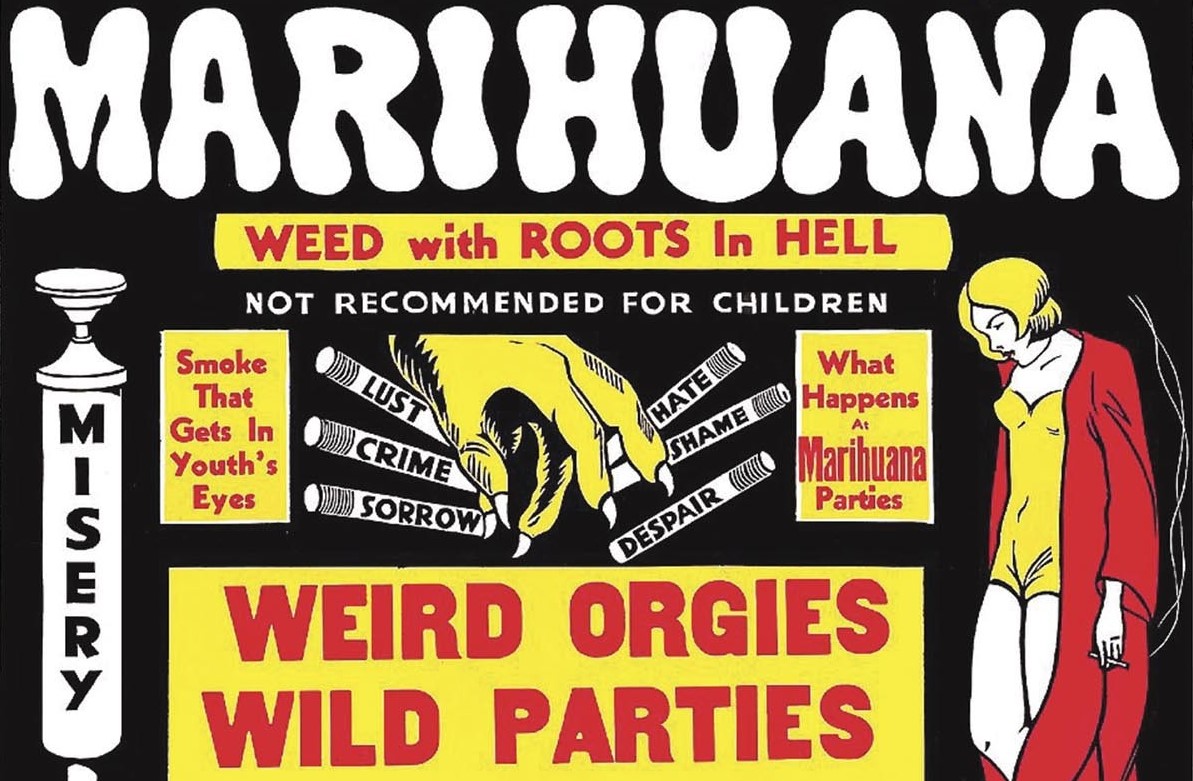Weed is perhaps the most controversial plant in human history and despite the thousands of uses and products it is able to offer, many of them are considered illegal in most countries of the world. Common myths about weed have been invented to feed the propaganda war that was initiated decades ago.
“Cannabis sativa” means useful cannabis and despite the thousands of uses and products it is able to offer, many of them are considered illegal in some parts of the globe.
The plant has been cultivated since antiquity when it was considered extremely useful and from then until today. It has found its place both in food and as a raw material for textiles, paper and medicine. Even as fuel and base for the production of varnishes and paints, with the uses of the plant being truly inexhaustible!
Like the names of the plant and its derivatives (bud, hashish, marijuana, grass, hemp and the list goes on …) there are just as many myths surrounding it. This article aims to shed light on the gray areas surrounding the plant and its use but in no way aims to push the reader to use, consume or buy/sell.

1. Cannabis use leads to harder drugs.
It is one of the many methods by which cannabis is attempted to be villainized, but which have no real evidence. Drug use is divided into steps? It becomes misleading, without substantial evidence, to present cannabis as the transitional stage to hard drugs. Various studies showing that cannabis users are many times more likely to try cocaine than non-cannabis users are not telling the whole truth.
In essence, the so-called high risk of switching from marijuana to harder drugs such as cocaine does not come from how many cannabis users use cocaine, but vice versa. So it is very difficult to have such an argument because the users of the less popular drugs are also users of the most popular ones.
If we tried to make similar comparisons with alcohol, we would get even bigger numbers which would supposedly link its use to switching to hard drugs. The transition from cannabis to the hardest drugs is a more complex process than it is presented.
2. The use of cannabis causes a strong addiction
Another myth, which demonstrates, among other things, the degree of the hypocrisy of our society. There is absolutely no evidence for this claim, quite the contrary. There are surveys that show that a small percentage of those who have been users in the past have had the slightest contact with the drug in the last year, at levels below 10%, while the percentage decreases, even more, depending on the search time range of the most recent use.
Cannabis, like all drugs, is naturally addictive, but it is psychological only, so it is unrealistic to compare its use with that of heroin, cocaine, cigarettes and alcohol. The use of marijuana and other cannabis derivatives does not create a “tolerance” for the effect, nor does its cessation imply any kind of withdrawal syndrome. Psychological addiction does not compare to the physical effects of other substances such as alcohol and hard drugs.
The symptoms of use cause psychological addiction, but it is really fun to talk about it in relation to the fact that its use is illegal when it is proven that cigarettes and alcohol that circulate freely are infinitely more addictive.

3. Cannabis use leads to brain damage and destruction of cells
The wrong conclusion started in the late ’70s after an experiment conducted in monkeys, the results of which were published in 1982. But this research is not considered credible due to the small sample (only 4 monkeys), the misdiagnosis of many brain cells dying due to cannabis, and the lack of serious evidence to substantiate similar allegations.
On the contrary, after a lot of research and experiments in humans, there was not the slightest evidence that cannabis use leads to brain damage. In fact, after one of the largest relevant investigations, the American Medical Federation had openly advocated the decriminalization of marijuana, something that certainly would never have happened if there was the slightest indication that its use could cause brain damage.
4. Cannabis and its products are much more powerful now than in the past
Another myth and the short answer is an unequivocal no. The claim is based mainly on measurements made for THC (one of the most active cannabis ingredients) in a large batch of marijuana seized by police in the ’70s. However, the poor storage conditions of that batch had led to such low percentages that were measured. No matter what, a single batch of weed should not have been used to get a general conclusion.
Most relevant research has shown that the potency and content of cannabis of the same quality over the last 30 years or so remains at about the same level. It is directly comparable whether we are talking about 2021 or 1970. In fact, one of the most powerful varieties of the drug was sold in the 1920s and 1930s in the US legally. It came from the Smith-Klein drugstore under the name “American Cannabis“.
The opposite claims seem closer to the truth nowadays. This is because with the trafficking being done illegally, the “product” not going through any quality control.
5. Cannabis use is increasing dramatically
This false argument is commonly used to cause panic in families and society and is aimed at launching even more intense campaigns to combat cannabis use. American and modern “Scare tactics” have no basis in reality. This is because users are fewer than in the ’70s and even compared to the 00’s there are no changes in the percentages of users.
At a time when the use of substances such as cigarettes, alcohol and hard drugs is something to worry about, as they remain clear and proven to be much more addictive. It is rather hypocritical and misleading to put the weight on cannabis use. After all, the percentages after 90 years show a global tendency of decrease.

6. Cannabis is more harmful to the body than smoking
A big mistake and even for those who claim that it is equally harmful. First of all, as written above, cigarettes are more addictive than cannabis smoking, which only causes psychological dependence. In fact, with the majority smoking mainly the flower (buds) and not the leaves of the plant, it turns out that it has only 33% of the tar from that of a smoker who “smokes” a simple cigarette.
No case of lung cancer has ever been scientifically linked to the use of marijuana or cannabis and in fact, it has been shown that unlike cigarette smoking does not cause narrowing of the airways in the lungs. Without even comparing the frequency of cigarette use by an average smoker with that of someone who smokes cannabis, it is obvious that cigarettes are more harmful.
7. Cannabis contains over 1000 chemicals
We do not have a myth here, but a deception. This is because cannabis contains such a large number of chemicals, but no one has ever talked about the more than 800 substances present in roasted coffee, nor the many edible and drinkable products that contain more than 400 and are sold freely on the market.
So how is it possible to talk so much about the substances that cannabis contains and not something similar for coffee, the many plastic products of junk food, the seed-free oranges that are full of chemical additives and so many others that we consume on a daily basis?
8. Cannabis is a drug with absolutely no therapeutic effect
And another obviously wrong claim. First of all, it should be mentioned that before the Second World War, many pharmaceutical companies were selling cannabis legally, with the blessings and taxation of the state. Even before 1900, man used the drug in anticipation of its medicinal beneficial properties with great success.
One of the most common uses today is to prevent nausea and vomiting in cancer patients undergoing chemotherapy. AIDS patients taking AZT and Foscavir can use cannabis to improve their appetite and gain the critical pounds needed to stay alive. It is also used in glaucoma patients, soothes and reduces the convulsions of those who have multiple sclerosis, while even most occasional users are well aware that it helps fight insomnia, among other things.
Instead of Myths about Weed lets explore Some truths about Weed
How Cannabis affects the Brain vs Alcohol
Marijuana contains a chemical that replaces or mimics a natural brain chemical, with a few differences. This chemical attaches special “buttons” to the brain cells called “receptors” and only activates them for a short time. Then they return to the original condition without having undergone any alteration. In essence, marijuana “tickles” brain cells. Legal drug alcohol also tickles brain cells, but damages and kills them by producing toxins (poisons) and sometimes causing minor complications.
Cannabis as a manufacturing raw material
The stem of the plant has two parts. The fibre and the pulp. The fibre of hemp can be turned into almost any kind of fabric. It is very durable. The strongest clothes were made of hemp for this purpose. Compared to other natural fibres, hemp is most ideal for a large number of applications. Hemp was used on ship sails as it was the only fabric that did not rot from the salt of the sea. Before prohibition 80% of the materials used by mankind to make clothes, awnings, linen, blankets, towels, rugs, baby diapers etc. it was made of hemp.
Did you know that Levi’s first jeans were made of hemp?

Generally, cannabis can be used as a medicine:
Cannabis has hundreds of potential uses as a medicine. It appears as medicine on almost every natural list since ancient times. Many well-known ancient books of wise people and researchers mention it.
Marijuana can be used, with remarkable results, in the following cases of diseases and other health disorders:
1- Multiple sclerosis
2- Depression
3- Cancer treatment
4- AIDS (and AIDS treatment)
5- Glaucoma
6- Epilepsy
7- Migraines
8- Asthma
9- Multiple pains, Rheumatic pains etc
10- Prevention of heart attacks
The use of the plant, in its natural form, can treat the above diseases. Cannabis, however, has more than 60 alkaloids that, by distillation, can be used, in combination with other herbal medicines or not, to treat other diseases:
1) Cannabinol can be used for insomnia. In fact, it is one of the best and purest chemicals for this purpose. It has nothing to do with the known drugs that cause addiction.
2) It also has antiseptic properties and can be used against herpes and other similar skin infections.
The most well-known and important feature of cannabis is its amazing anti-nausea and anti-emetic properties. Cancer patients undergoing chemotherapy have side effects from the drugs they use. The most common are problems with vomiting and anorexia. Such side effects also have Patients themselves have stated how important cannabis is to combat these symptoms. Strange as it may seem, these patients prefer to smoke the herb after swallowing anything (synthetic pill or natural pill derived from cannabis distillation) their stomachs cannot hold it. On the contrary, smoking eliminates this problem.


Hі, I think your website looks great.
[…] we know “bong” is not a bad word, but did you even know where it came from? The name of the smoking vessel comes from Thailand and […]